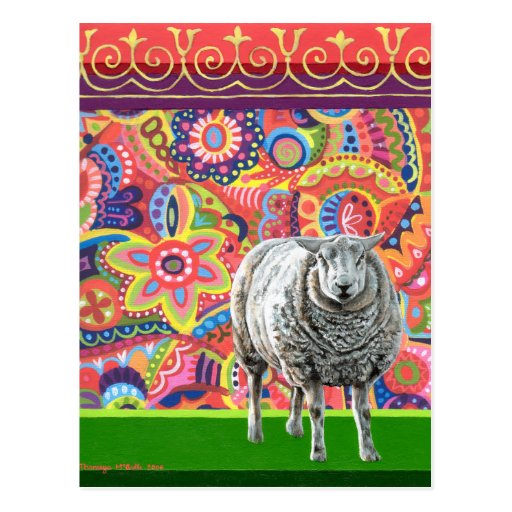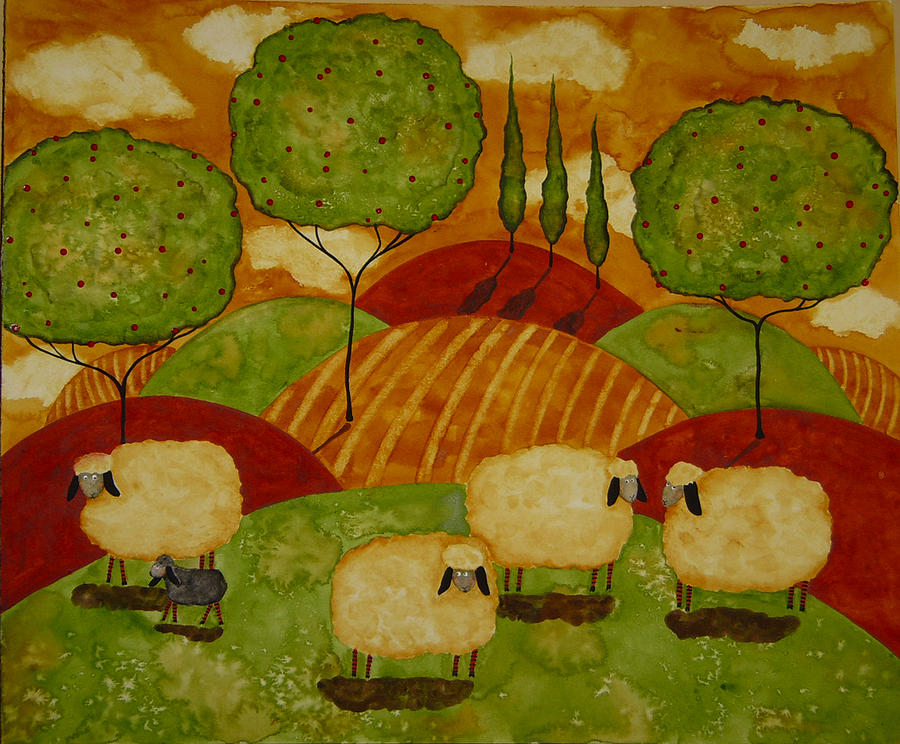Australia is the world’s largest supplier of wool, producing 80 % of the world’s wool.
Australia has about 120 million wool producing sheep alone.
Australia sells 3.3 million bales of wool per year.
Australia exports 786 million kilos of wool per year.
The major wool buying countries are:
1. China
2. Italy
3. Japan
4. Germany
More than 75% of the total wool produced in Australia is produced by just 40% of wool producing farms.
So what does it take to produce enough wool to meet demands of not only our small community, but also the wider community.
There are 3.7 sheep for every person in Australia.
Sheep are big business in Australia. We are the leading producer of wool in the world, accounting for around 25 per cent of global woolclip and account for approximately 10 per cent of world production.
The gross value of Australian wool is $1.9 billion.
Australia produces eighty per cent of the world’s fine Merino wool and the major export market for our wool (by value) is China.
An article we found about one farmer dedicated to the wool industry and keeping standards high.
Keeping superfine wool alive
Posted Fri 11 Oct 2013, 11:01am AEDT
As some shearing sheds across rural Australia fall into disrepair, there's one man who's determined to keep the superfine merino industry alive.
Since Peter Huston took over 14-hundred acres in Western Australia’s Avon Valley six years ago, he's been set on breeding sheep with the finest wool possible.
Sarina Park, 60 kilometres east of Perth, is a well-known superfine merino property and Peter has worked hard to maintain its reputation, focussing on boutique, rather than bulk.
If any sheep blow out in micron or get excessively strong then they are usually culled out, we select only the finest ones
Harry Wilson, artificial breeding specialist
Artificial breeding specialist Harry Wilson uses an electronic tagging system to track the fleece and breeding information of each animal.
"It just makes identification of individual animals so easy, compared to visually reading the tags.
"If any sheep blow out in micron or get excessively strong then they are usually culled out, we select only the finest ones."
Mr Wilson then advises the wool classer what the micron is on each sheep so they can put the wool in the appropriate bin in very tight micron ranges.
About 1,600 ultra fine merino sheep are being shorn this time around, with the average micron estimated by Mr Wilson to be 15.5.
"That’s come down an average of 1.5 micron in the last 6 years.".
He’s aiming to get the average micron down to as low as 13.
"We’ve got fleeces that go down to 12.5, which is probably the finest we’ve got so far, but the next session is going to be the hard bit."
Lindsay Hill from Kojonup has been in the shearing game for about thirty years.
He says there’s a knack to working with superfine merinos.
Some people that live in the city and have a professional job like I have want to grow grapes, some want to race racehorses. Oddly enough I want to raise ultra fine merino sheep
Peter Huston, owner of Serena Park
"We’ve got to take our time here... these are a lot softer cutting, it makes it a lot easier on our gear, it’s bloody good.
"You’ve got to go steady so you don’t cut the fibre in half and de-value the fibre."
A lawyer by trade, Peter Huston says without another job he’d find it difficult to stay in the wool industry.
"Some people that live in the city and have a professional job like I have, want to grow grapes, some want to race racehorses. Oddly enough I want to raise ultrafine merino sheep.
"What I’m trying to do here is boutique, rather than bulk.
"It’s very hard to make money out of wool, particularly what I’m trying to do."
The first Merinos in Australia produced about 1.5 kilograms of wool per fleece. Today’s Merinos can grow a fleece of more than 8kg. This is as a result from better breeding and more sustainable grazing methods i.e. producing more from the same animals and land.
 About 7% of Australian wool is sold by private treaty on farms or to local wool-handling facilities.
Australia produces a large variety of primary products for both export and domestic consumption. The forecast top ten agricultural products by value are listed for year 2006-07, with production figures from previous years.
About 7% of Australian wool is sold by private treaty on farms or to local wool-handling facilities.
Australia produces a large variety of primary products for both export and domestic consumption. The forecast top ten agricultural products by value are listed for year 2006-07, with production figures from previous years.
|
| Cattle and calves | 6,617 | 5,849 | 6,345 | 7,331 | 7,082 | 6,517 |
| Wheat | 6,356 | 2,692 | 5,636 | 4,320 | 5,905 | 6,026 |
| Milk | 3,717 | 2,795 | 2,808 | 3,194 | 3,268 | 3,245 |
| Fruit and nuts | 2,333 | 2,408 | 2,350 | 2,640 | 2,795 | 2,915 |
| Vegetables | 2,269 | 2,126 | 2,356 | 2,490 | 2,601 | 2,715 |
| Wool | 2,713 | 3,318 | 2,397 | 2,196 | 2,187 | 2,138 |
| Barley | 1,725 | 984 | 1,750 | 1,240 | 1,744 | 1,624 |
| Poultry | 1,175 | 1,273 | 1,264 | 1,358 | 1,416 | 1,461 |
| Lambs | 1,181 | 1,161 | 1,318 | 1,327 | 1,425 | 1,348 |
| sugar cane | 989 | 1,019 | 854 | 968 | 1,037 | 1,208 |
| |
 About 7% of Australian wool is sold by private treaty on farms or to local wool-handling facilities.
About 7% of Australian wool is sold by private treaty on farms or to local wool-handling facilities.









